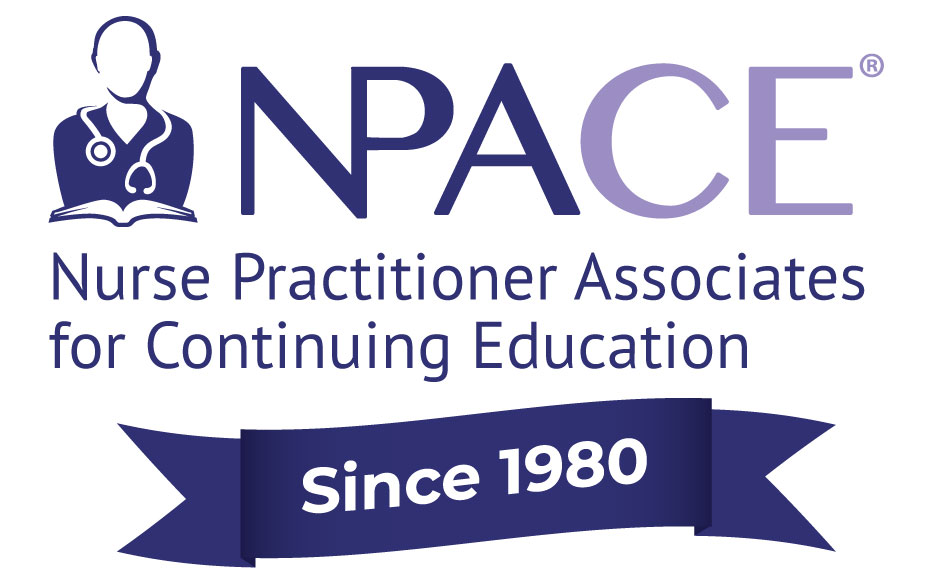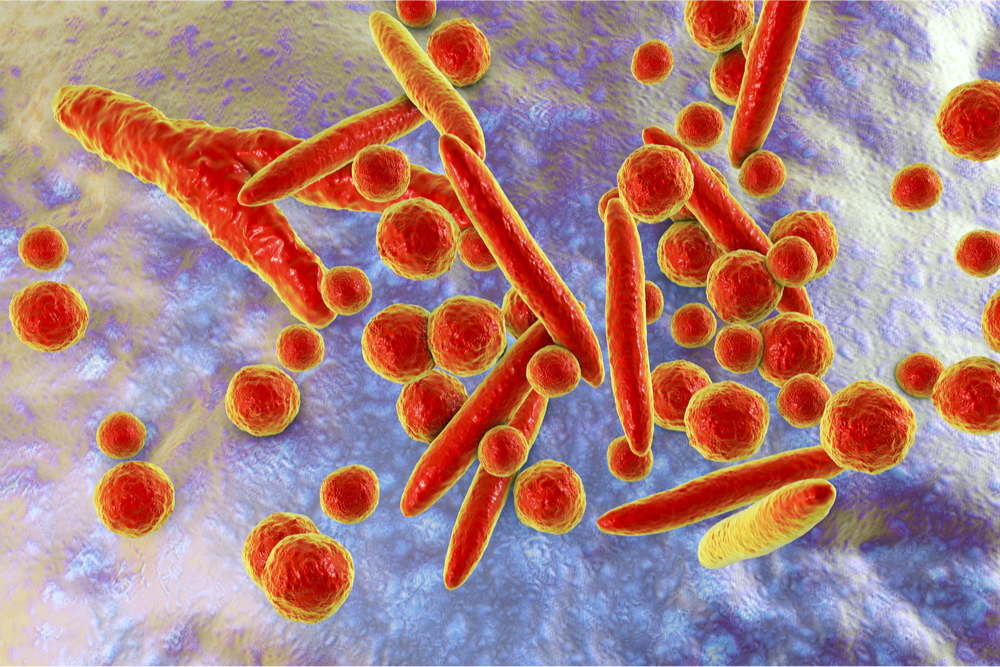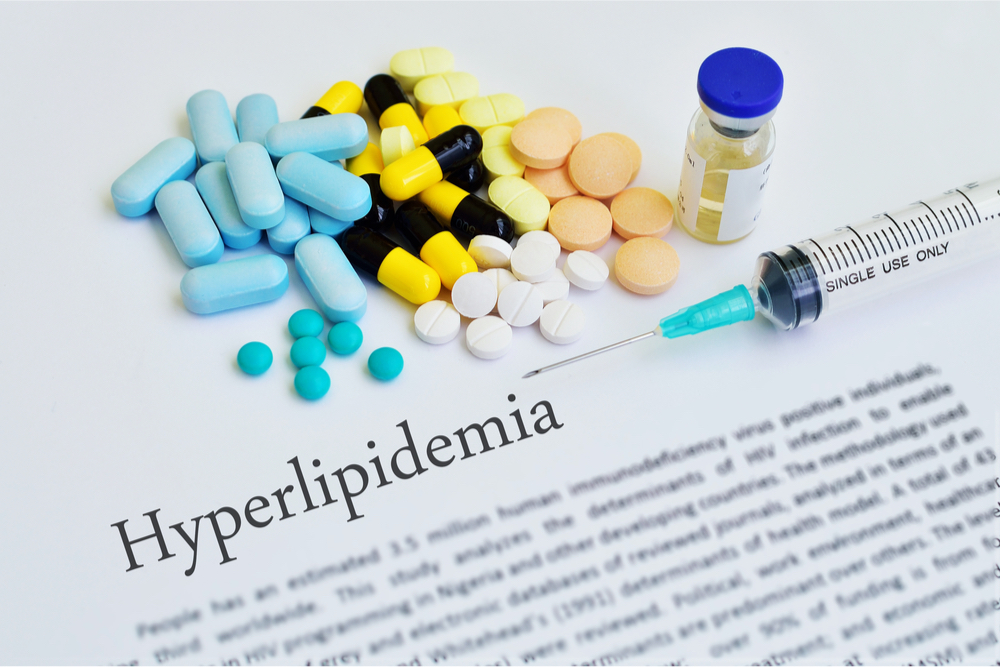Terri Schmitt PhD, APRN, FNP-BC, FAANP, Director of Education – NPACE
Anxiety, while one of the most common mental health disorders, escalated not only in the last decade in the U.S., but accelerated within the shadow of SARS-CoV-2.1-5 From 2008 to 2018 the rates of anxiety increased in all ages and socioeconomic groups.1 A Cochrane systematic review on mental health during COVID revealed that while all groups had increased anxiety throughout the pandemic, women, minorities, and adolescents suffered the greatest increases.2 Even when accounting was made for previous anxiety, population characteristics, previous to current unemployment levels, the general trend for everyone is increased anxiety.
Healthcare and essential workers have been particularly vulnerable, with significant increases in anxiety and other mental health issues.3, 4 One year after the outbreak health workers were over six times more likely than other groups to report experiencing mental illness. With those most closely exposed to COVID patients having reported symptoms such as significant emotional exhaustion.4
As anxiety and mental health issues have risen, so have unhealthy self-treatment strategies and symptoms. The American Psychological Association and the CDC, through survey research, note the following of U.S. adults:
- A majority of adults report undesired weight change
- Sleep changes including both increased and decreased levels
- 47% of adults report delaying or canceling health services
- Essential workers are more than twice as likely to seek mental health treatment
- Increases in substance use and suicidal ideation, particularly in the 18 to 24 age group4, 5
With increasing anxiety accelerated by the pandemic, helping patients, peers, and ourselves cope has become a priority. Tips such as taking a time-out, eating nutritiously, limiting alcohol, daily exercise, adequate sleep, being outside, meditation, and limiting social media can help. However, some patients may need further intervention. For adults, adolescents, and older children, cognitive behavioral therapy is the best first step, but medications may also be warranted.6
Dr. Sally Miller, nurse practitioner and nationally recognized speaker and clinician on mental health issues advised those attending the NPACE March conference that assessment, correct diagnosis and appropriate medication intervention is critical for diagnosed anxiety disorders. Dr. Miller notes that in treating anxiety, proper diagnosis is key. Questions like, does the anxiety need to be treated or is it actually abnormal? For example, a person in a situation of abuse or harm, either verbal, physical, etc., would anxiety in that situation be abnormal? The answer would be no. Anxiety would be normal and the treatment would need to come to the underlying risk or situation mitigation.
Learn More
Below are a few of Dr. Miller’s anxiety pharmacotherapeutics practice tips from her presentation or you can view her presentation at https://learn.npace.org/products/anxiety-pharmacotherapeutics-2.
Practice Pearls on Pharmacology Management for Anxiety from Sally Miller:
- The amygdala, several neurotransmitters, and genetics contribute to anxiety and development of anxiety disorders.
- Only manage anxiety with medications if it is abnormal or maladaptive and is truly an anxiety disorder.
- Core features of anxiety disorders are fear and worry. Both must be present.
- SSRIs are a good first line group of medications for most anxiety disorders.
- SNRIs have a benefit of norepinephrine effect.
- There is a role for proper benzodiazepine use in anxiety management.
To learn more on specific treatment of anxiety, visit the American Psychological Association professional practice guidelines at https://www.apa.org/practice/guidelines.
References
- Goodwin RD, Weinberger AH, Kim JH, Wu M, Galea S. Trends in anxiety among adults in the United States, 2008-2018: Rapid increases among young adults. J Psychiatry Res. 2020;130:441-446. doi:10.1016/j.jpsychires.2020.08.014
- Anaya L, Howley P, Waquas M, Yalonetzky, G. Locked down in distress: a casual estimation of the mental-health fallout from the COVID-19 pandemic in the UK. The University of York. June 2021. https://www.york.ac.uk/media/economics/documents/hedg/workingpapers/2021/2110.pdf
- Berman, R. COVID-19 and mental health: The Impact. Medical News Today; Aug 14, 2021. https://www.medicalnewstoday.com/articles/covid-19-and-mental-health-the-impact
- America Psychological Association. Stress in America 2021: Pandemic Stress One Year On. APA Press; March 2021. https://www.apa.org/news/press/releases/stress/2021/sia-pandemic-report.pdf
- Czeisler ME, Lane RI, Petrosky E, et al. Mental Health, Substance Use, and Suicidal Ideation during the COVID-19 Pandemic – United States, June 24-30, 2020. MMWR Morb Mortal Wkly Rep 2020;69:1049-1057. doi: http://dx.doi.org/10.15585/mmwr.mm6932a1
- GAD Clinical Practice Review Task Force. Clinical Practice review for GAD. Anxiety and Depression Association of America. July 2, 2015. https://adaa.org/resources-professionals/practice-guidelines-gad










